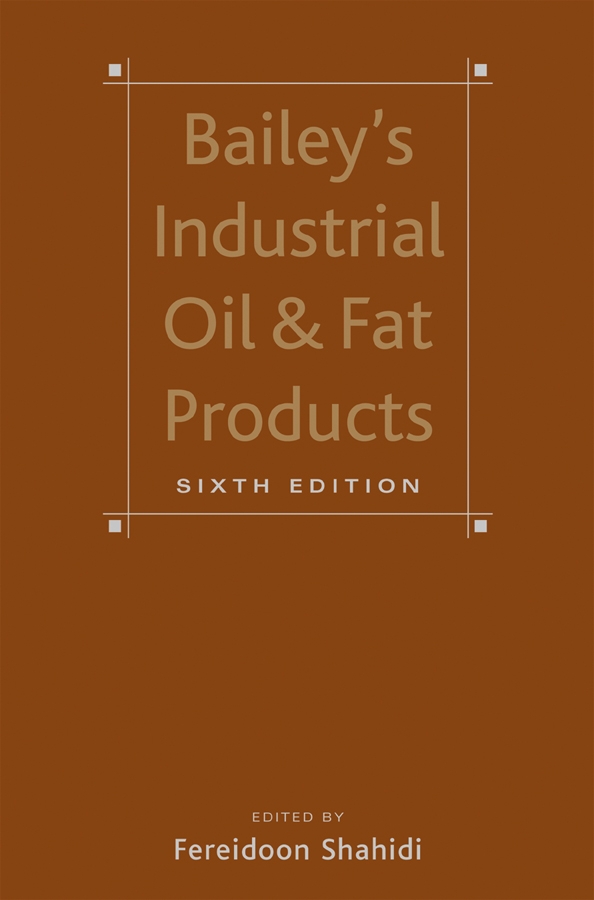Oil Extraction
Abstract
The crude oil used as a feedstock for the various oil refining and oil modification processes discussed throughout this article are derived from oilseed materials such as soybeans, rapeseed, sunflower seeds, cottonseeds, corn germ, groundnuts, olives, and palm fruits. This article discusses the evolution of the oil extraction process from hand press extraction, to early mechanized extraction, to hydraulic press extraction, to the processes of screw press extraction and solvent extraction commonly used today. Before an oilseed material is extracted, it must first be carefully prepared for the extraction process. The seed preparation steps include cleaning, drying, size reduction, hull removal, heating/drying (conditioning or cooking), flaking, and extruding. Oil can be extracted from a prepared material by either mechanical extraction or solvent extraction methods. The three types of mechanical extraction methods are palm fruit pressing, full pressing, and pre-pressing. Solvent extraction is the most common process used to extract oil today. The solvent extraction process includes the unit operations of oil extraction, meal desolventizing, meal drying and cooling, miscella distillation, and solvent recovery.



